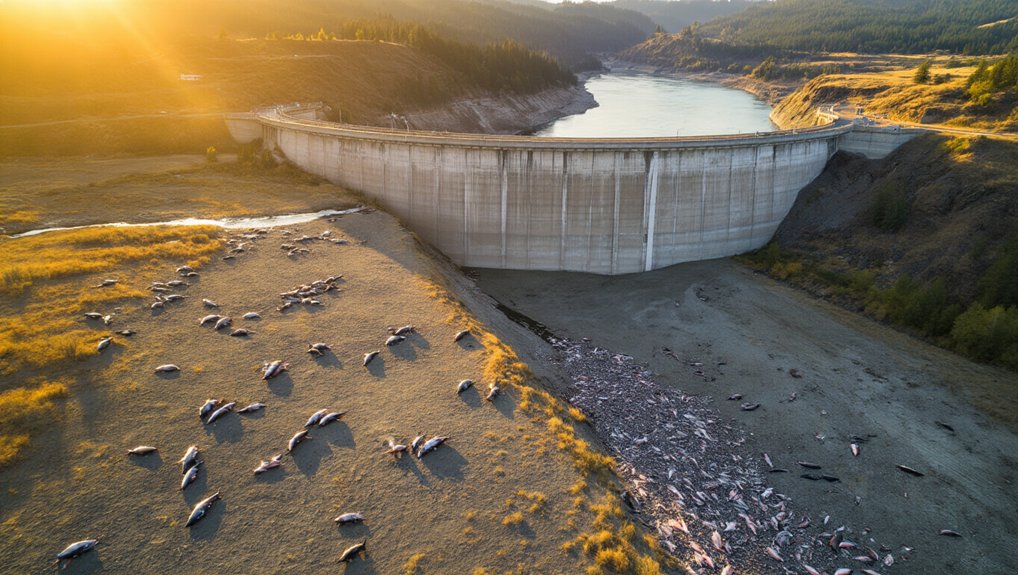While the Endangered Species Act has protected America’s wildlife for decades, the Trump administration proposed sweeping changes that would greatly weaken these safeguards. In a revealing comment, Trump officials compared the Endangered Species Act (ESA) to “Hotel California,” claiming species “can check in but never leave,” highlighting their resistance to the current process for removing species from protection.
The administration’s proposals included changing the definition of “harm” under the ESA to exclude habitat modification from protections. This change would rescind nearly all habitat protections for endangered species nationwide. Under these new rules, endangered species’ habitats could be destroyed with regulatory approval.
Scientists warn that habitat destruction is a primary driver of extinction risk. The Supreme Court previously interpreted the ESA to protect habitat through the definition of “harm,” but these changes would effectively overrule this interpretation in practice. Since 1975, federal regulations define ‘harm’ to include habitat destruction, providing crucial protection for vulnerable species.
Habitat destruction drives extinction, yet these changes would undermine essential protections previously upheld by the Supreme Court.
Trump officials described the ESA as overly restrictive and a roadblock to economic development. They pushed for easier processes to remove species from protection and issued executive orders to bypass ESA scrutiny for fossil fuel, water, and infrastructure projects. Despite these attacks, the ESA has demonstrated remarkable success with over 99% saved from extinction since its implementation.
The proposed rollbacks would allow increased logging, oil drilling, and other activities in critical habitats. At the same time, conservation funding was cut, leading to staff layoffs affecting species monitoring and recovery programs.
Public opinion strongly favors the ESA, with 90% of Americans supporting the law’s protections. Scientific experts argue that protecting habitat is essential for effective species recovery and extinction prevention. Environmental organizations warned that weakening these protections would likely increase extinctions.
Changes were also proposed to how threatened versus endangered status is classified. The National Marine Fisheries Service and U.S. Fish and Wildlife Service were directed to impose new criteria that would make it easier to remove protections.
Conservationists and legal scholars raised concerns about both the legality and environmental impact of these proposed rule changes.
References
- https://msutoday.msu.edu/news/2025/05/ask-the-expert-how-the-endangered-species-act-is-under-threat
- https://www.humaneworld.org/us/en/blog/breaking-trump-administration-proposes-new-changes-weaken-endangered-species-act
- https://insideclimatenews.org/news/24082025/trump-administration-dismisses-endangered-species-list/
- https://biologicaldiversity.org/w/news/press-releases/trump-administration-moves-to-gut-habitat-protections-for-endangered-wildlife-2025-04-16/
- https://eelp.law.harvard.edu/tracker/endangered-species-act-regulations/









